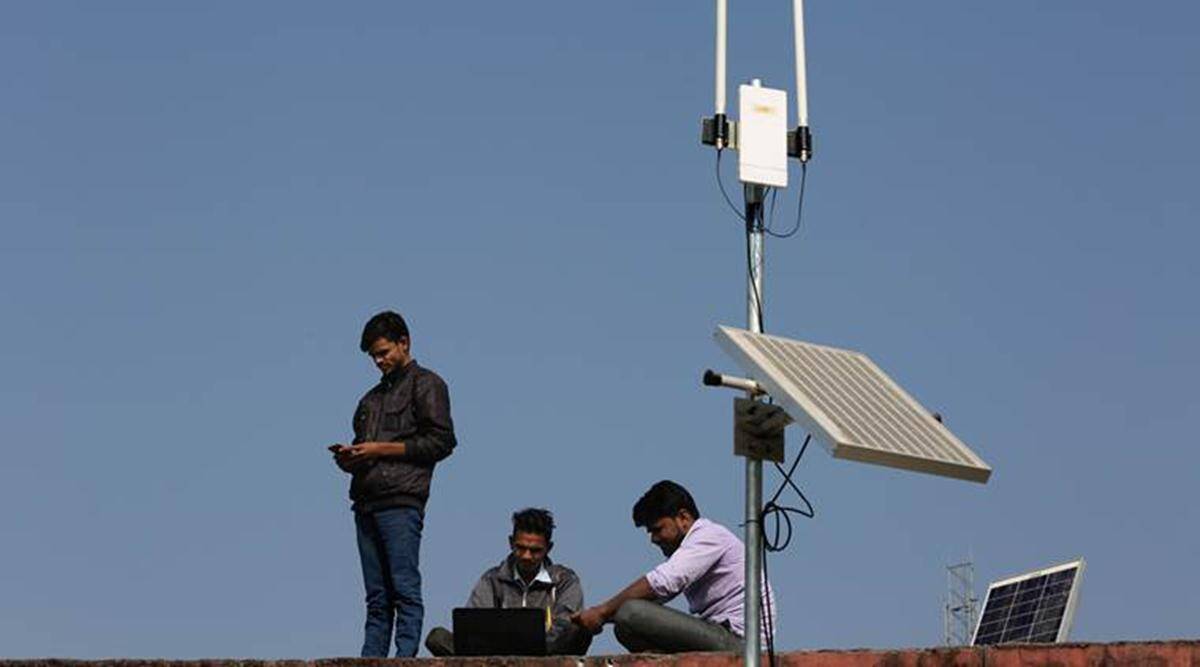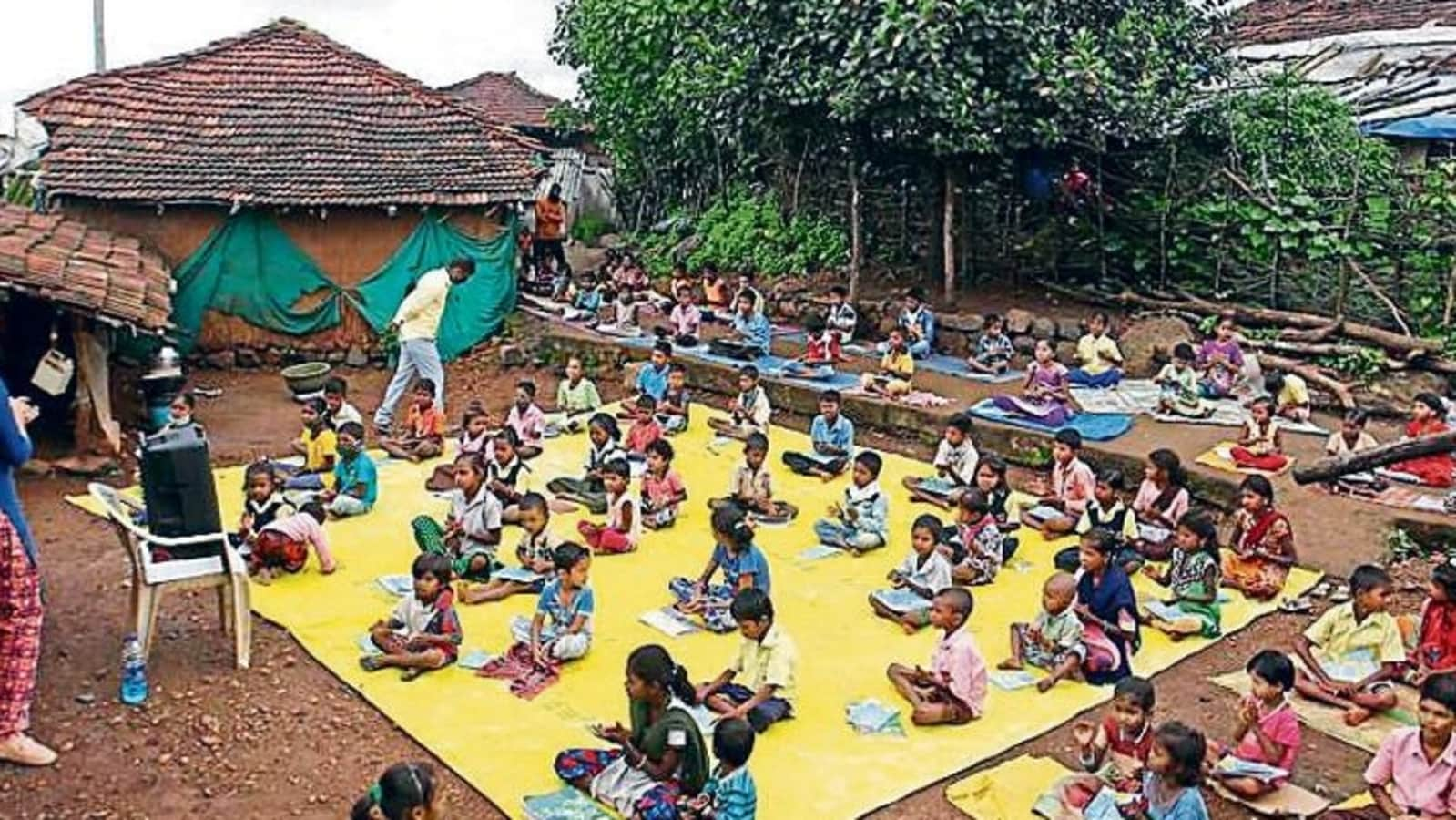
This week on TypeRight- Digital Nukkad, let's discuss the future of India - access to the Internet. At the dawn of the twenty-first century, are we digitally excluded or are we still suffering from being parked in digital darkness? And, when we discuss Internet access infrastructure, how are we making our students and learning community suffer? Last week two major headlines caught our attention - both tucked inside pages of the newspapers: one was "Literacy, numeracy mission deadline pushed to 2027." Actually, the government of India has launched NIPUN Bharat mission which defines, "The ‘NIPUN Bharat Mission’ will provide an enabling environment to ensure universal acquisition of foundational literacy and numeracy, so that every child achieves the desired learning competencies in reading, writing and numeracy by the end of Grade 3, by 2026-27."
NIPUN is short for National Initiative for Proficiency in Reading with Understanding and Numeracy. Our concern is whether we have conceived the goal of NIPUN within the perspective of the digital ecosystem. As we know, reading and writing skills are medium and script based - like paper, script and language. Whereas in the digital era, listening, watching and learning form the ecosystem of digital platforms, digital medium digital languages and scripts are more important.
Why don't we take a practical case to understand this better : a child today gets hold of a gadget like mobile or laptop or a tablet and from the day one, she gets used to know how to touch and play with touchpad, how to use apps, how to use digital signs and digital keyboards and gestures - for her more than reading and writing, it is more about listening, watching and recording her own voice and photos and videos. Further, she would be self sufficient if she has to do any number calculation through various calculators or apps. Considering that the digital ecosystem is the norm and the future, NIPUN must be developed for its ecosystem to be inclusive of digital framework. There is a reason why NIPUN is required as per the analysis of the Central Square Foundation which is explained in this document.
Our next concern came from reading this editorial in the Hindustan Times - “When students can’t study: The lack of digital access is closely linked with structural issues of regional disparity, class divide, caste, and gender. It will also deepen these divisions”.
But, we are a country of ‘jugaad’ where people can come up with a unique solution to overcome any obstacle. And, C S Satheesha, a 37-year-old government school teacher of Mullur Village, Somwarpet in Kodagu, is a prime example of this, who decided to build a bamboo platform atop a tree so that he could continue to teach kids from his high perch as that was the only height where internet connectivity was strong.
According to the recently released report called Unified District Information System for Education (UDISE+) of 2019-20, close to 78% of the 1.51 million schools across India do not have Internet - that is about 11,70,000 schools - both private and government suffer from the non-availability of the Internet for their students and teachers. Additionally, more than 61% of all the schools do not have computers or digital labs in their schools - which actually translates to about 9,15,000. Considering the exhaustive and diverse numbers on the dashboard of UDISE+ website, India's 1.51 million schools, inclusive of government and private, serve 8.5 million teachers and 250 million children. Non availability of the Internet and digital infrastructure across Indian schools is effectively resulting in massive digital exclusion for a large group of populations associated with the education ecosystem. As per the Annual Status of Education Report released in October 2020, only one-third of the total students could pursue online education and less than 32.5% could go for live online classes. Of course these numbers are based on self-initiated efforts of the students and parents to use online and Internet infrastructure for education purposes.
The story of digital divide and digital exclusion continues. Read the below report by Indian Express:
Interestingly, BharatNet program, which was earlier known as National Optic Fiber Network (NOFN), started in 2011, in the last decade have been able to make only (1,18,635 + 34,689) 1,53,324 Panchayats service ready, out of the total of 2,50,000 Panchayats.
As per the definition of what is Service Ready,
"A gram panchayat is considered service ready when it is connected to the main grid of the internet of the block headquarters of that area, whereas the internet connectivity in that gram panchayat is considered open only if there are end users connected to the internet grid".
Which means not all service-ready gram panchayats are actually offering connectivity to the people of the villages of that area. BharatNet has always been one of the best and most ambitious programs of India to make high speed Internet reach to the villages of India, but its implementation and execution to the last mile has always been marred by gaps. The real challenge to BharatNet is not about laying the cable or making their service ready but actually translating them to make it efficiently available to the people. Lately, the government has announced that they are going to invite bids to connect 361,000 villages across 16 states over riding the BharatNet.
Hope this latest effort translates into last mile connectivity availability. However, it is not clear why the government has chosen only 16 states and not all.
In the meanwhile, we are delighted to share amazing stuff coming from scores of our digital centers run by Digital Empowerment Foundation. There are three major highlights: firstly more than 100 digital resource centers out of 1000 centers that DEF runs, are offering consultations with doctors on video to the village folks who have been totally excluded from the health system at the time of Covid. Following are some photos from the field.

The second heartening information is how 100 best selected women from the villages have been trained as trainers and now training 10,000 women to become digital entrepreneurs. The program is called Digital Sarthak, and it is a fully women entrepreneurship program of DEF supported by USAID and DAI and spread across 7 states of India. The most interesting part of Digital Sarthak is that each of the 100 Women Entrepreneurs who are TOTs, have a list of selected 100 potential women entrepreneurs and they have one to one relationship with each of them. They make a group 4-5 and schedule training sessions and organise the most intimate ecosystem to train them. As you can see from the photos below, they do training in parks, fields, under house sheds, and even with children of women accompanying them - but the attention and instruction is peer based, learning is together.



























Write a comment ...